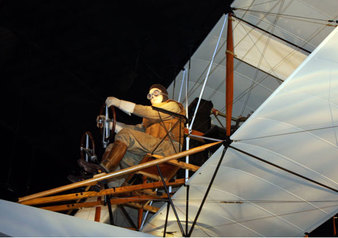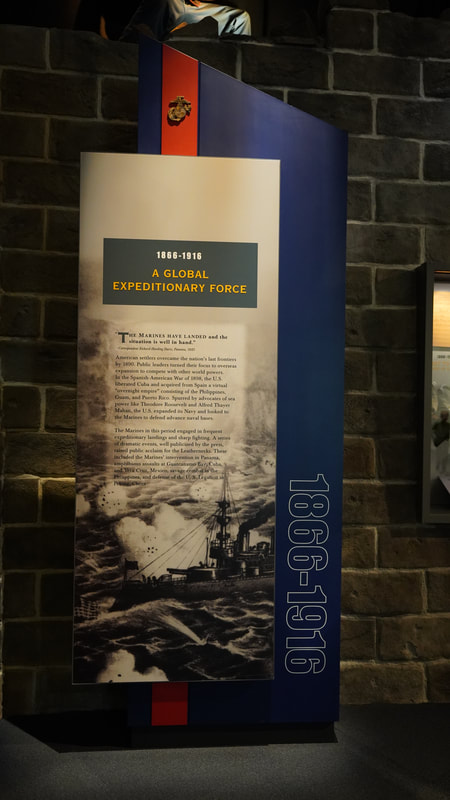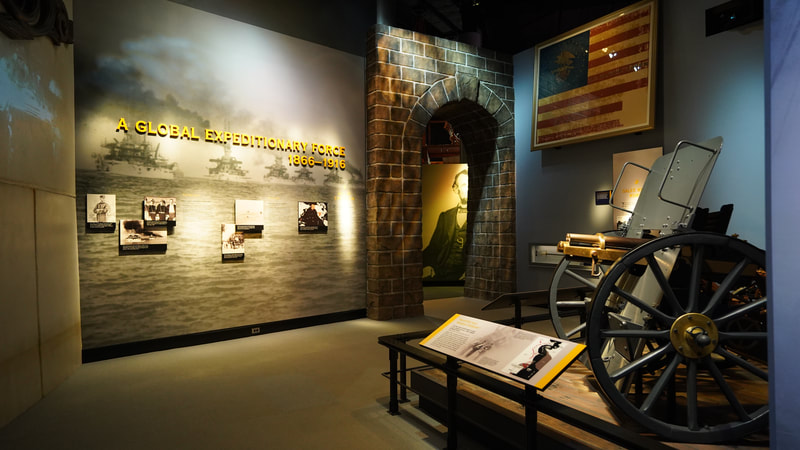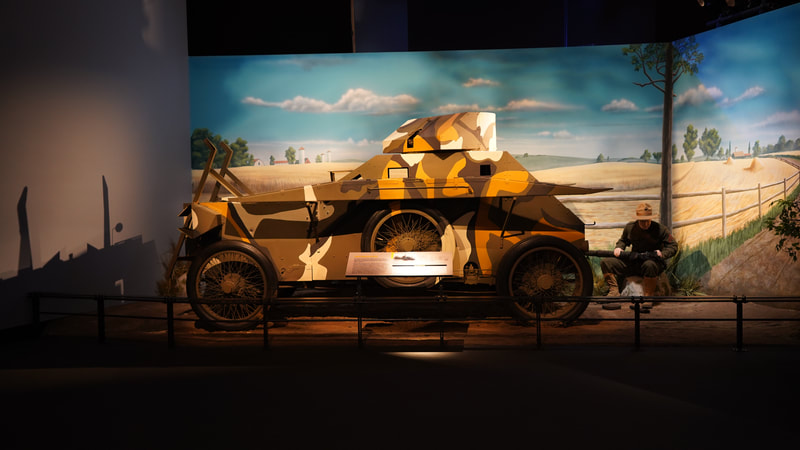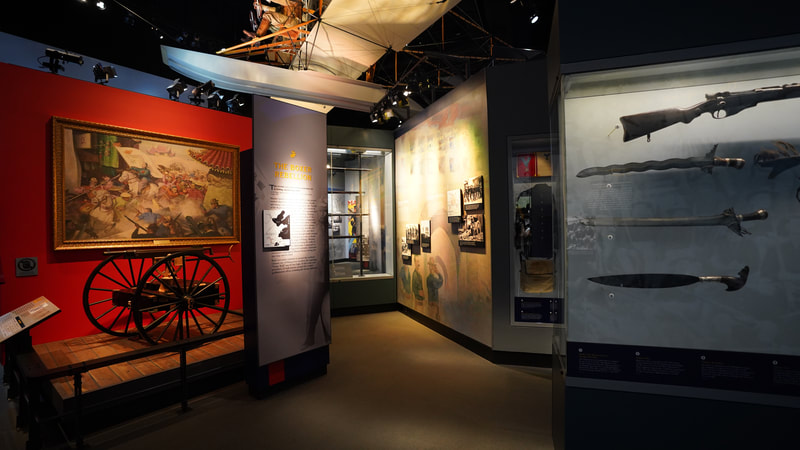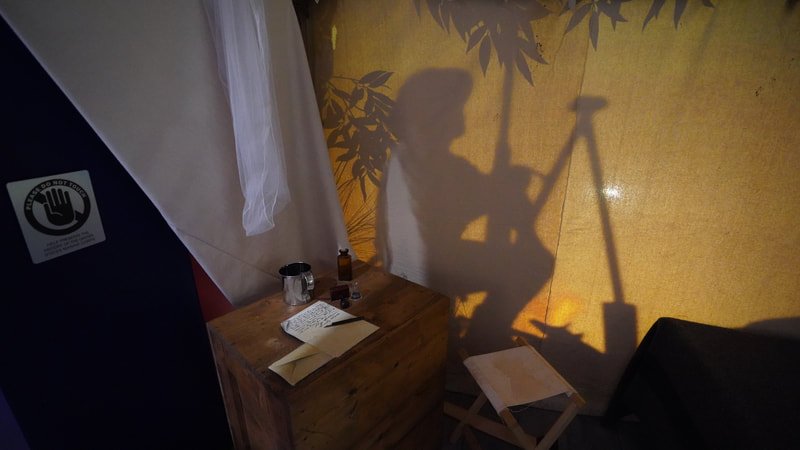Global Expeditionary Force
|
As America’s western frontier disappeared, its citizens looked with envy toward the overseas colonial empires possessed by European powers and the business opportunities in those distant places. This new interest in expanding and protecting American interests overseas created new roles for the U.S. Navy and the Marine Corps. The Marine Corps developed new capabilities to help the Fleet dominate the high seas, and traditional deployments as small, shipboard detachments gave way to larger Marine Corps formations.
As America extended its reach, the Marine Corps saw its role expand around the globe. In 1871, after being fired upon by Korean gunners along the Salee River while approaching to negotiate a commerce treaty, the U.S. naval force landed Marines and Sailors, who stormed the slopes and overwhelmed the Korean positions. In the 1890s, Marines engaged the enemy during the Spanish-American War in Cuba, the Caribbean Sea, and the Philippines. In mountains and jungles, the fight against Filipino guerrillas lingered into the new century. Marines landed in China in 1900 to help protect western diplomats and their families from an anti-foreign uprising in Peking. American newspapers highlighted Marines’ heroics during the epic siege and its relief. During the decade before World War I, Marines fought in Mexico, arrested seal poachers in the Bering Sea, and quelled disorder and protected U.S. citizens in Panama, Cuba, Nicaragua, Haiti, and the Dominican Republic. Visitors walk through a tent pitched at a camp during the Philippine insurrection to get a glimpse of what life was like for the Marines who had just come back from yet another exhausting patrol. This gallery is especially rich in artifacts—from the Marine Corps and from distant lands. Campaign hats uniform coats, cartridge belts, flags once planted on foreign shores, a field heliograph, medals, and personal items help interpret the era. Among these objects are articles that belonged to some of the legendary heroes of the Corps, including Smedley Butler and Thomas Kates. Bolos, a voodoo drum, Haitian swords, and other captured materials add texture to the description of the Marines’ foes. Hanging overhead is an experimental Curtiss A-2 amphibian aircraft, the Navy’s second aircraft type. It was flown in 1912-14. Positioned on a dirt road, visitors find another experimental vehicle, a King armored car being tested by Marines from the Philadelphia Navy Yard in 1916. Weapons from this period are well represented to include knives and swords, rifles, machine guns, and handguns. Before leaving the gallery, visitors also meet John Philip Sousa and listen to “The President’s Own” United States Marine Band while viewing musical instruments used by Band members. |
A Global Expeditionary Force:
|
We are always happy to hear from you Get in touch
THE MUSEUM IS OPEN! PLAN YOUR VISIT HERE.
National Museum of the Marine Corps
1775 Semper Fidelis Way Triangle, VA 22172 Toll Free: 1.877.653.1775 |
VISIT
RESEARCH |
LINKS
|
JOIN US ONLINE!
|
©
Copyright 2021. Admission to the National Museum of the Marine Corps is FREE. Hours are 9:00 AM to 5:00 PM every day except Christmas Day.

